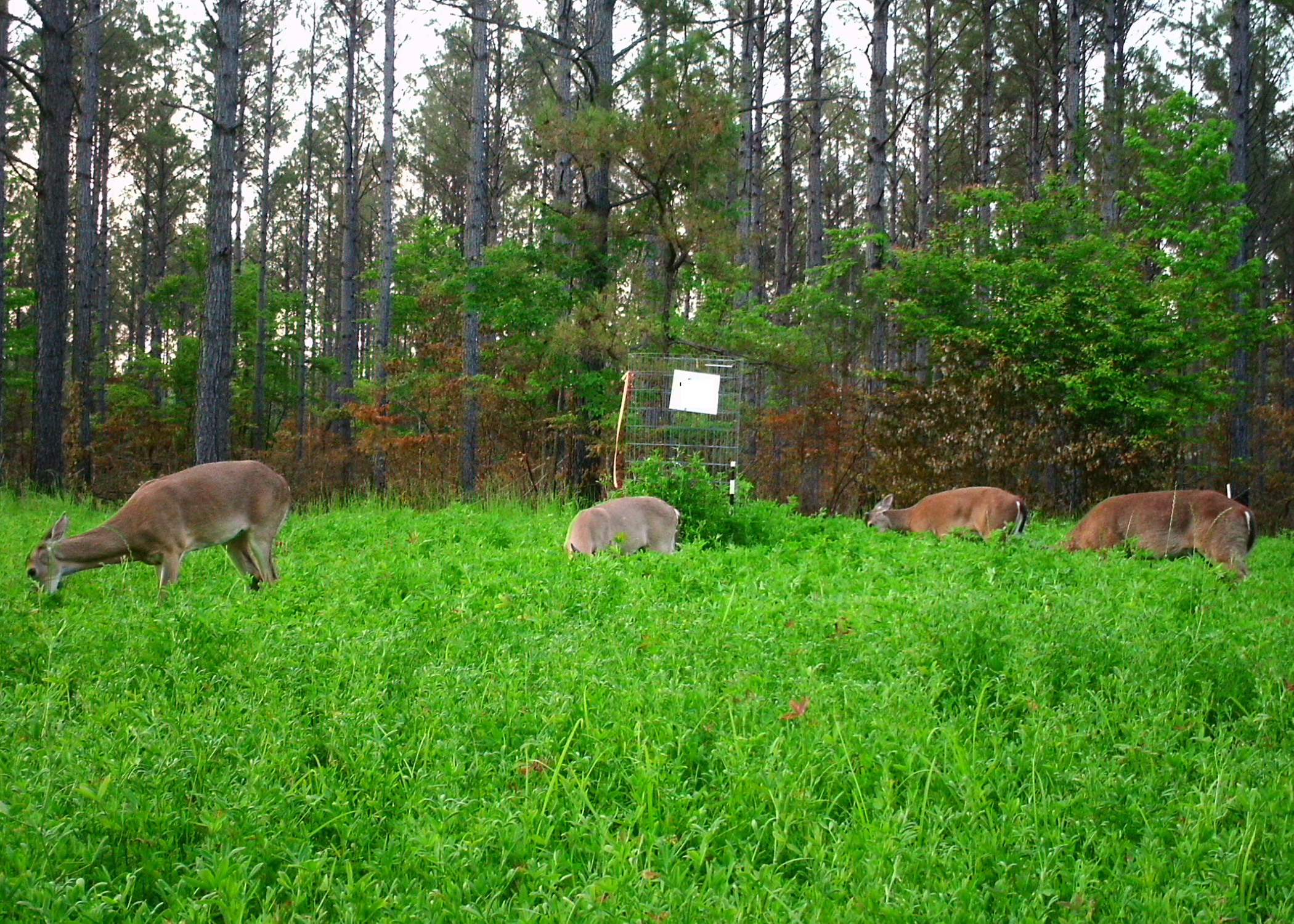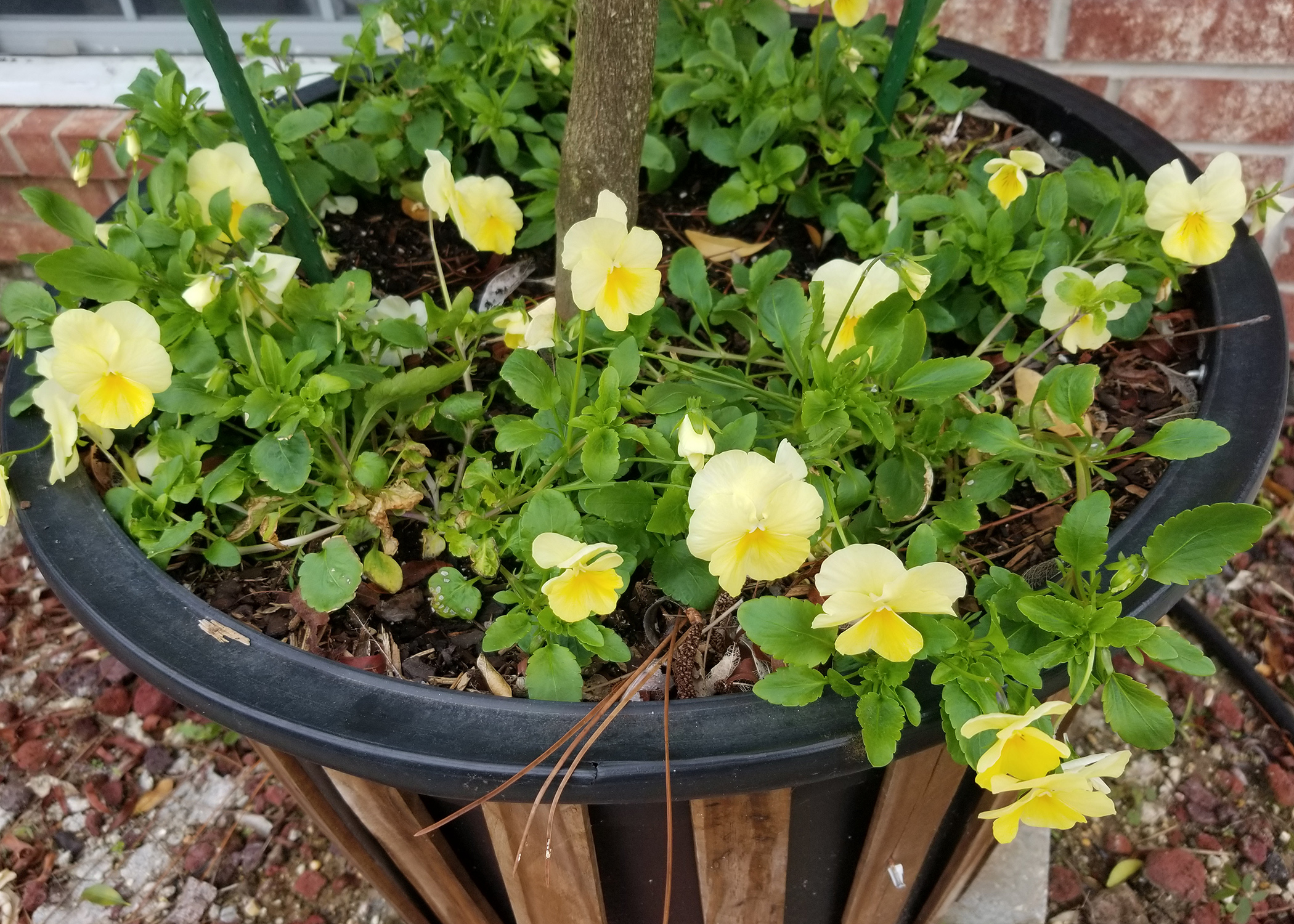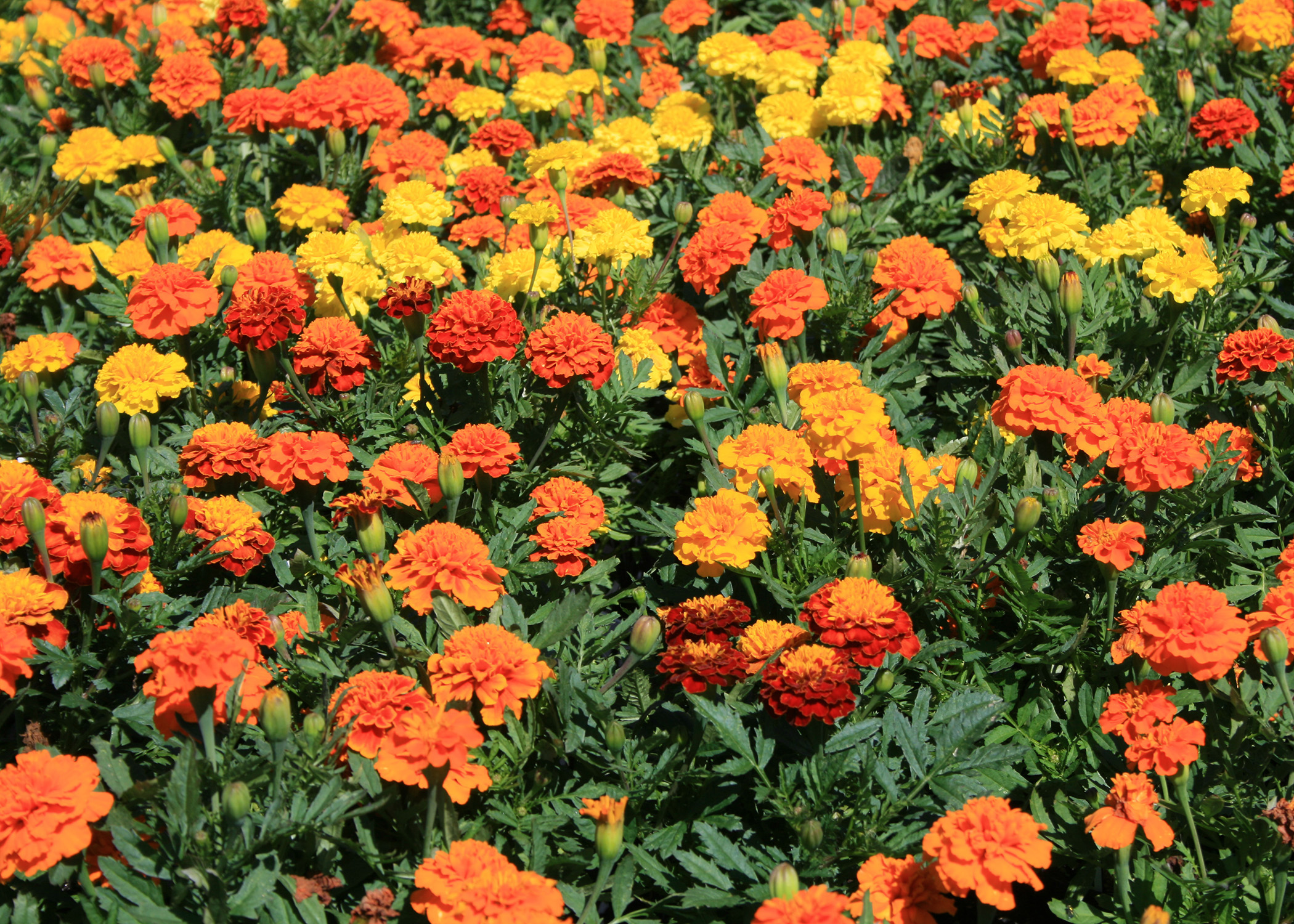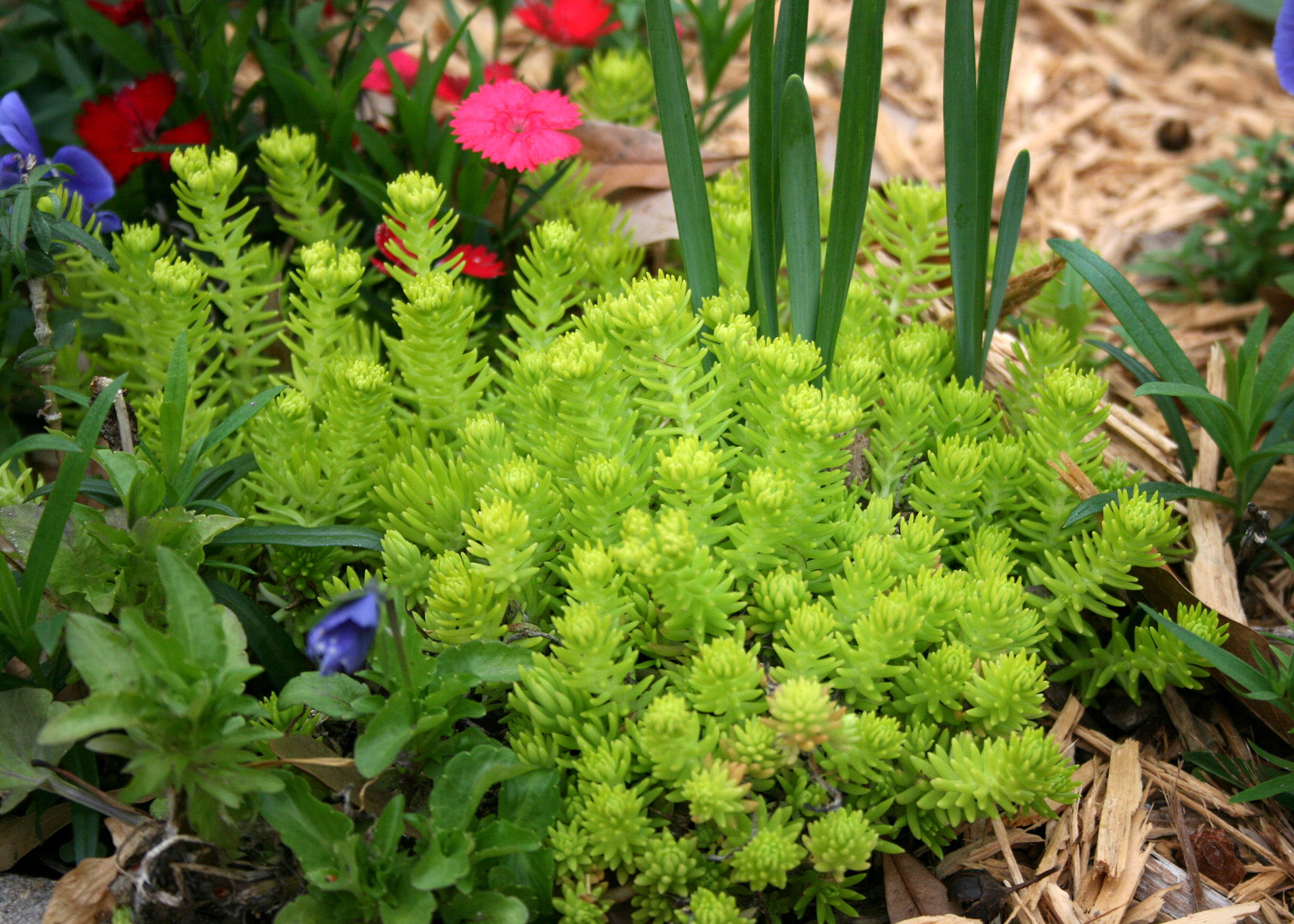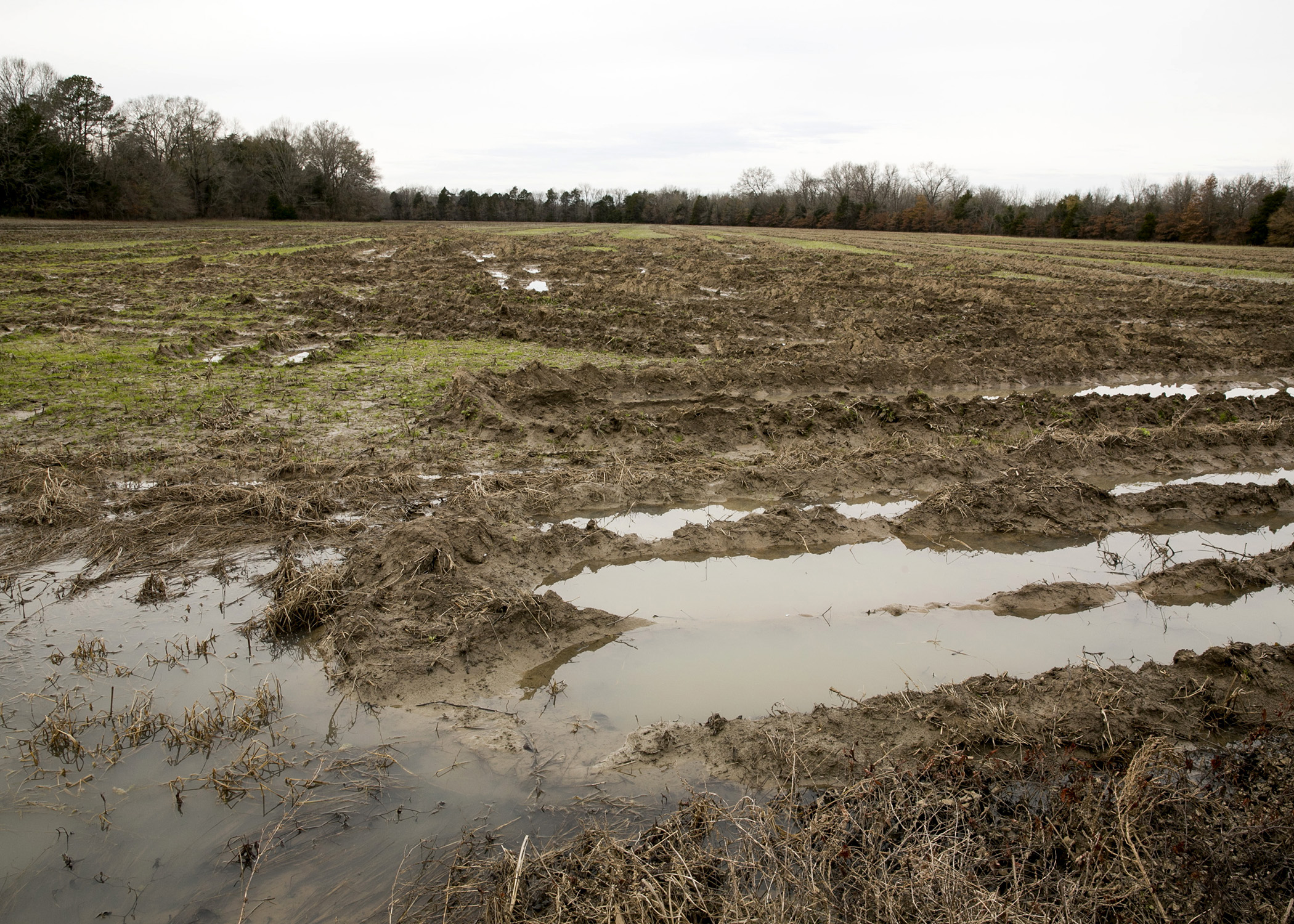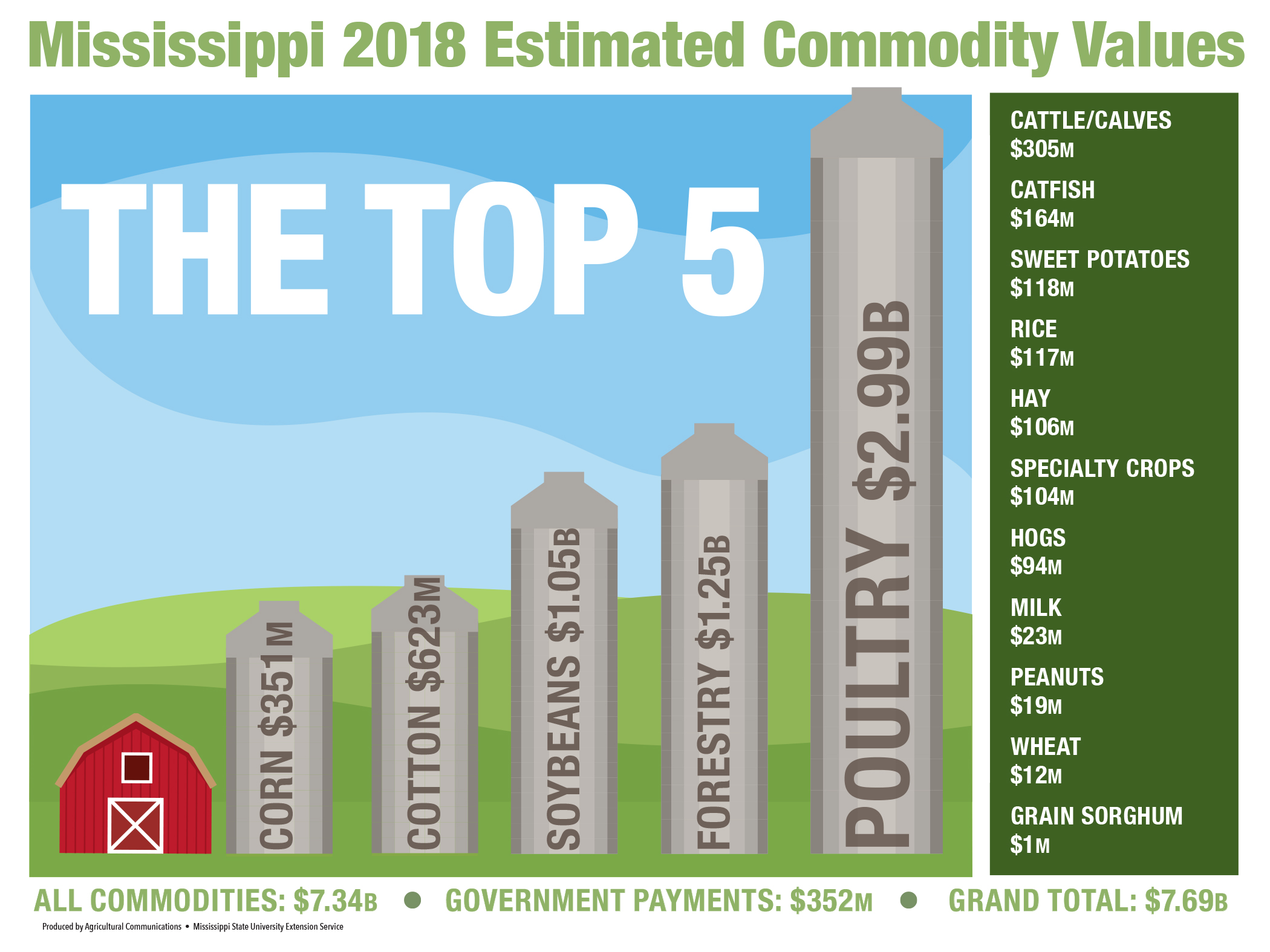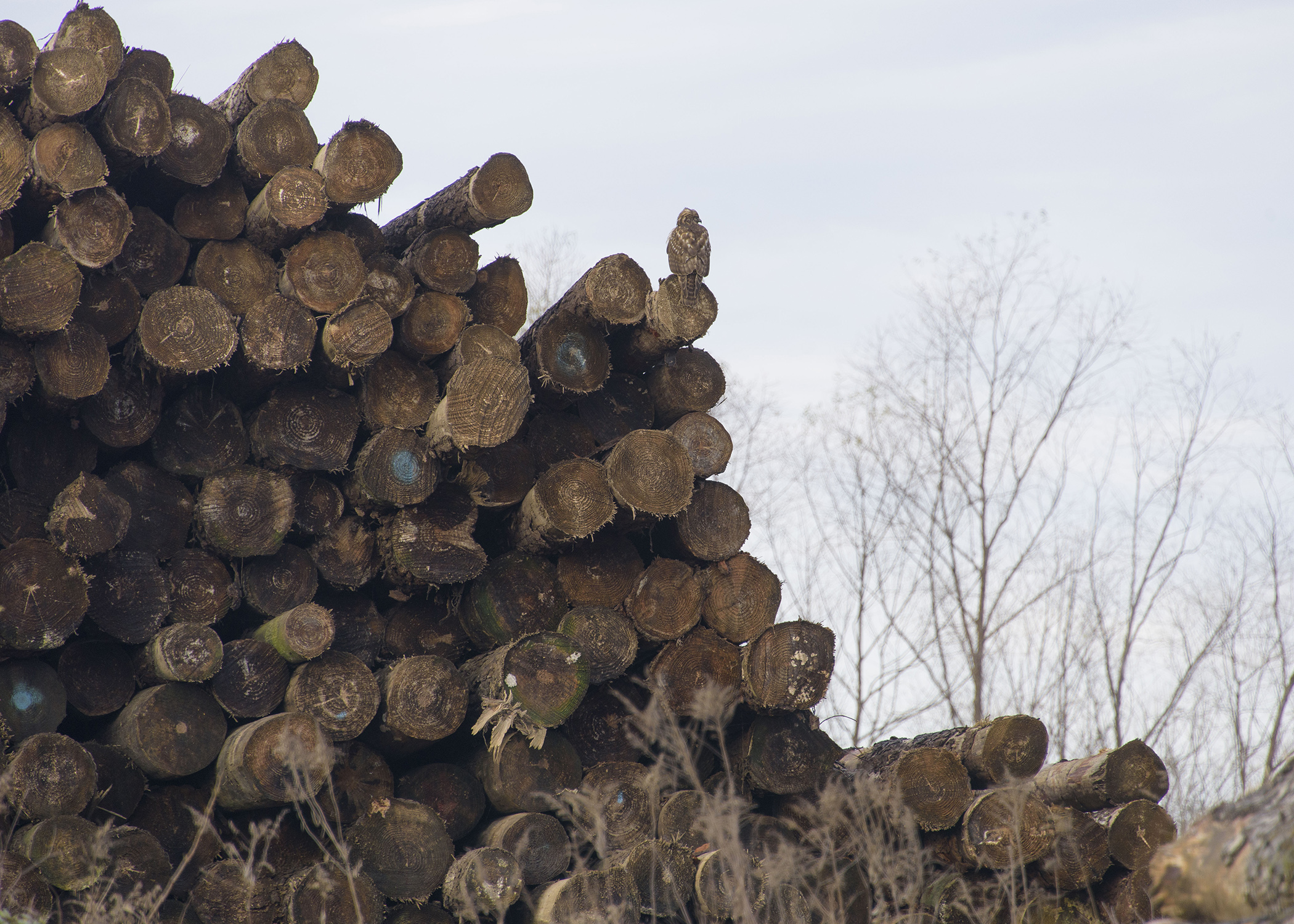As I'm writing this last Southern Gardening column of 2018, I'm trying to take one more look back before plunging headlong into the 2019 gardening season that's just around the corner. But I'm having trouble concentrating because the mail carrier is distracting me.
Many hunters and landowners plant wildlife food plots these days, but this practice has become common only during the last 30 to 40 years in the Southeast.
2018 was quite a year in our Mississippi gardens and landscapes: hot and dry, humid and rainy. Every year, there are winners and losers when we garden, and such is the nature of the gardening game.
Streamside management zones have become critical tools forestry landowners and professionals use for protecting water quality during and after timber harvests.
Culling to improve genetics is likely one of the most hotly debated topics among deer hunters. How often have you heard “that spike buck is genetically inferior.” Or, “I culled that buck to get him out of the gene pool”? Heck, you may have even said this yourself! In this episode we listen to deer biologist Donnie Draeger of the Comanche Ranch in South Texas as he describes the results from a landmark, 13-year study, designed to answer this question once and for all – to determine if culling can be used to “improve” genetics and increase the average antler size of bucks.
A well-designed landscape can subtly slow down and filter excess water, an important job for Mississippi gardens.
Cotton will not return to the throne as king of Mississippi's row crops, but the former monarch did provide one of the few bright spots in 2018 commodity value estimates.
Agriculture was a $7.7 billion industry in Mississippi this year, exceeding the total set in 2017 despite declines in the estimated value of row crops, timber, catfish and livestock.
Forestry has been a billion-dollar heavyweight in the state’s economy for the last six years, and the 2018 estimated value of $1.25 billion came despite a sluggish market.


